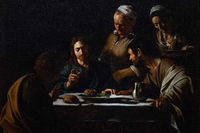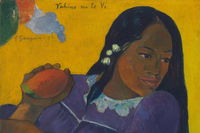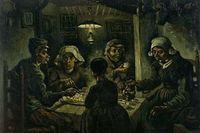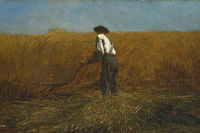
Art on an Empty Stomach Trivia Quiz
Paintings that Feature Food
I probably shouldn't have visited the art museum with an empty stomach. Now all I can see is the food in these famous paintings! Identify which artist painted them. (Some paintings have been cropped for uniformity.)
by trident.
Estimated time: 3 mins.
- Home
- »
- Quizzes
- »
- Humanities Trivia
- »
- Art
- »
- Art By Subject











